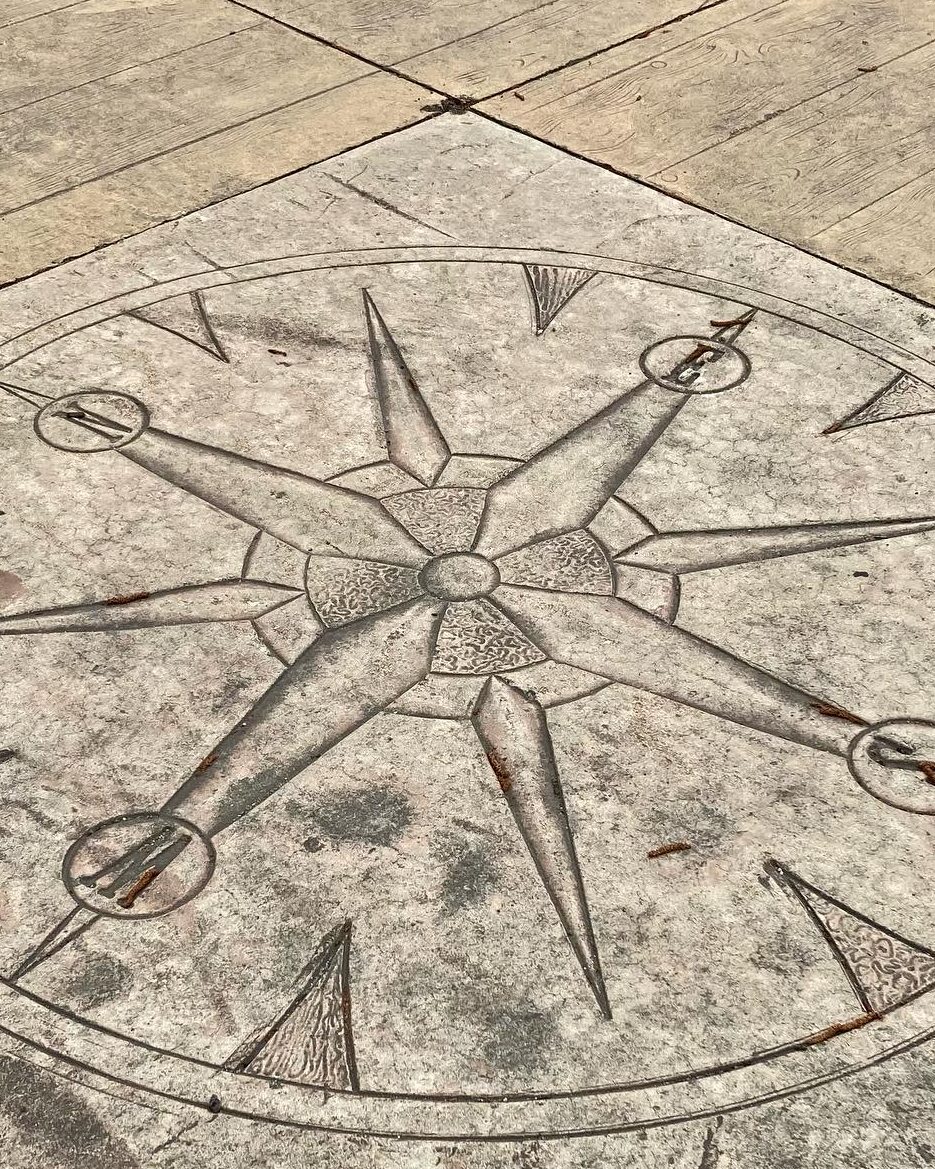Every day that I give a tour has similarities and differences from the ones that came before. Often I’m telling the same stories, but to a different group of people. The city’s limit on tour size is currently forty people. Some days I have forty, some I have two. During most of the year, the majority of our guests are from the U.S., Canada, the U.K., Australia, and Europe. But not always. Particularly when October comes, people visit us from all over the world.

A colleague of mine has been giving tours in Salem for over twenty years, and without giving it a second thought he can map out the origins of our guests by month and season. “Now’s when the French Canadians come, in a month the school groups, in three months the folks from Japan.” I have yet to internalize those rhythms but I see them too. In one week in July I had three groups from Oklahoma after seeing no one from that state in months.
What never fails to strike me is how much people from many different places want to see Salem. For some it’s a “bucket list” item they’ve been waiting decades to experience. For others a trip to Boston has them seeking a close-by day trip. Still others have ancestral ties here, visiting with family on a trip to trace their roots. Some of them are ready to be excited even before I start the tour, while others are anticipating some interesting stories, after which they’ll leave for their “real” destination.
Almost without exception everyone finds at least one nugget of interest during the tour. Many exclaim, “I had no idea Salem was this big – that there is so much to do!” Those are the moments my colleagues and I love. I certainly can’t speak for all Salem tour guides, but all the ones I know love Salem themselves. When you share something that you love with others, the energy is contagious. Even when those you share with have no expectation of feeling anything. I’m sure I’ll write plenty of posts about why its easy to love Salem, but the face is that people have lived here for a while, and with those people have come a lot of stories. There’s a lot of past and present humanity and human-ness here to potentially connect to. And it’s not all pretty stories that express that humanity, and it’s not all ghost stories and murder, either. There’s innovation, discovery, loss, violence, invention, celebration, mistakes, grief, connection, love, and hate. Perhaps most interesting of all, is contrast.
All places where people have lived have complex histories with stories of great contrast layered on the same site. In Salem ours are particularly visible, not only because we have buildings from four centuries neighboring one another (ex. Dunkin right next to The Merchant) but because thousands of people come here from all over the world, because Salem pops up in every corner of pop culture imaginable. Whether they consciously recognize it or not, our tourists feel that contrast, and I personally think it intrigues them. They may initially come to learn about witch history or to eat seafood, but they’ll notice the contrasts. And if they visit a museum or take a walking tour, those contrasts get more complex and interesting.
Multi-layered stories and meanings don’t attract everyone, I grant you, but from my experience they attract many more people than one might expect. The irony of the juxtaposition of the Witch Trials Memorial, Charter Street Cemetery, the metaphysical supply store Pentagram, and Frankenstein’s Castle all in spitting distance of one another on Liberty Street is not lost on many of our visitors. Neither is the irony of Salem being known in popular culture as the “Witch City” for well over one hundred years before the Witch Trials Memorial was built.

Do some people visit Salem with one goal in mind, accomplish it, and then leave? Sure. The majority of visitors I meet through my work either are drawn to or develop an appreciation for Salem’s complexity, though, because they are complex themselves. There are a variety of ways to experience Salem, and in four years of living here, three years of working with our visitors, its clear to me that both I and they have only scratched the surface.